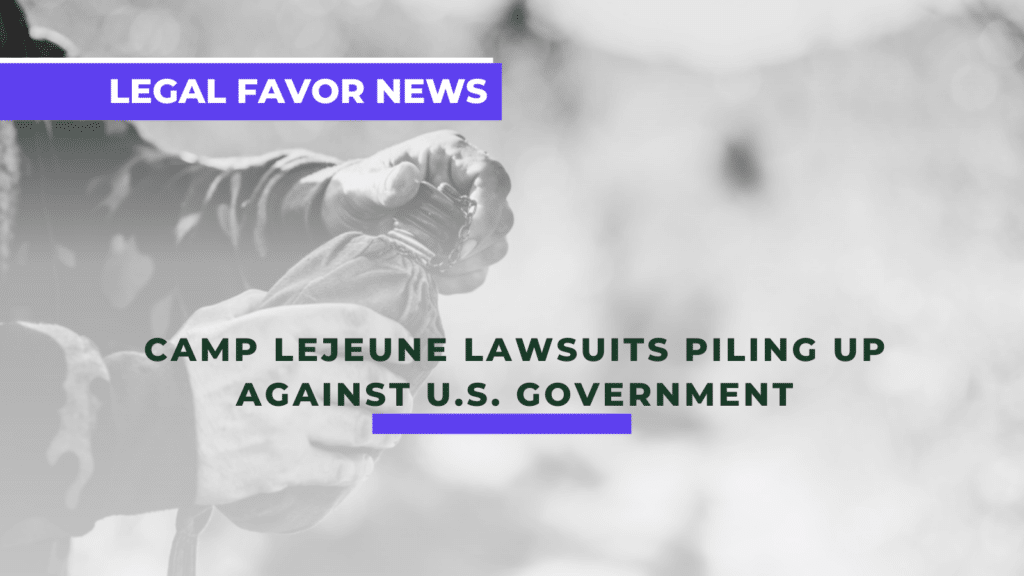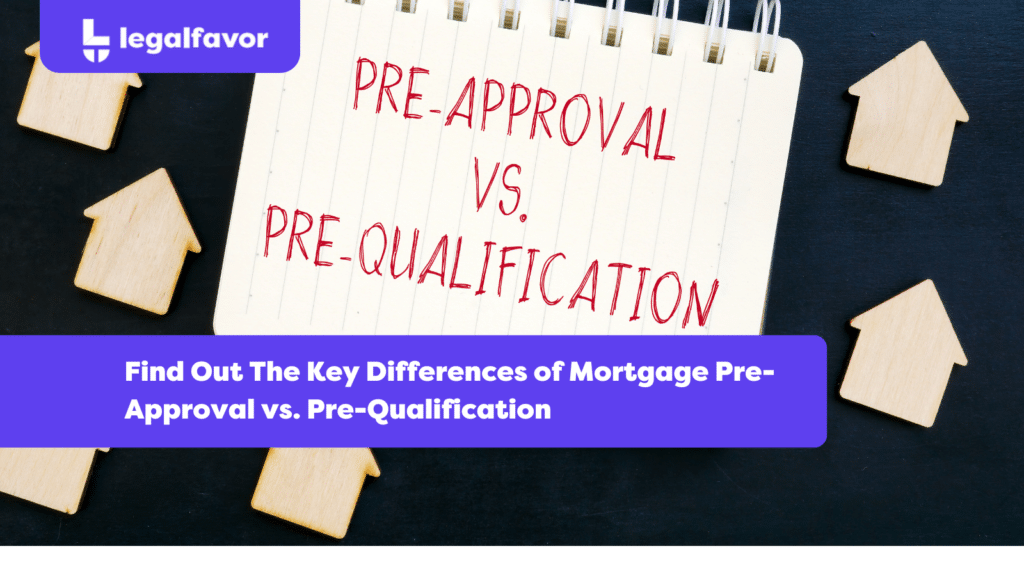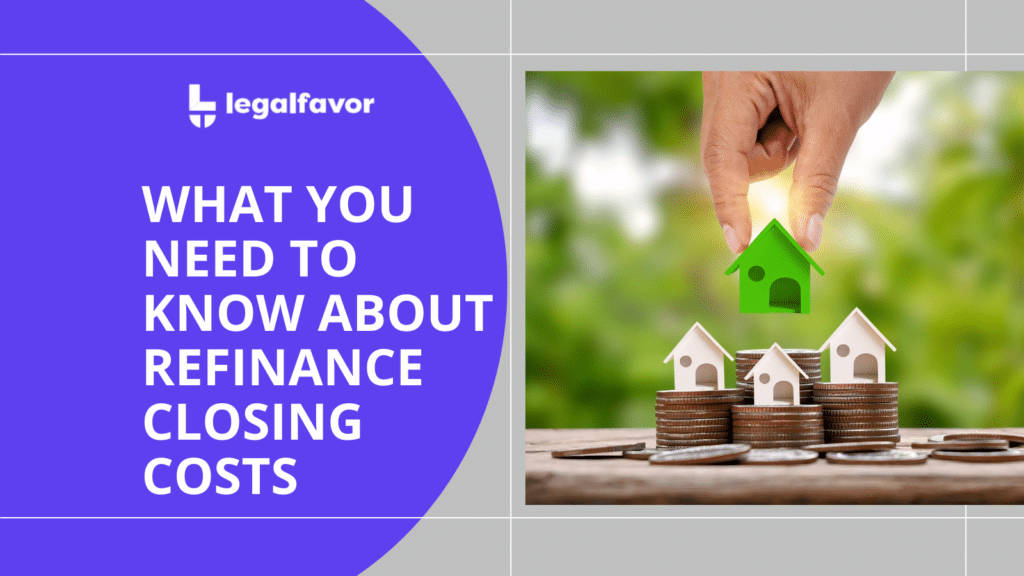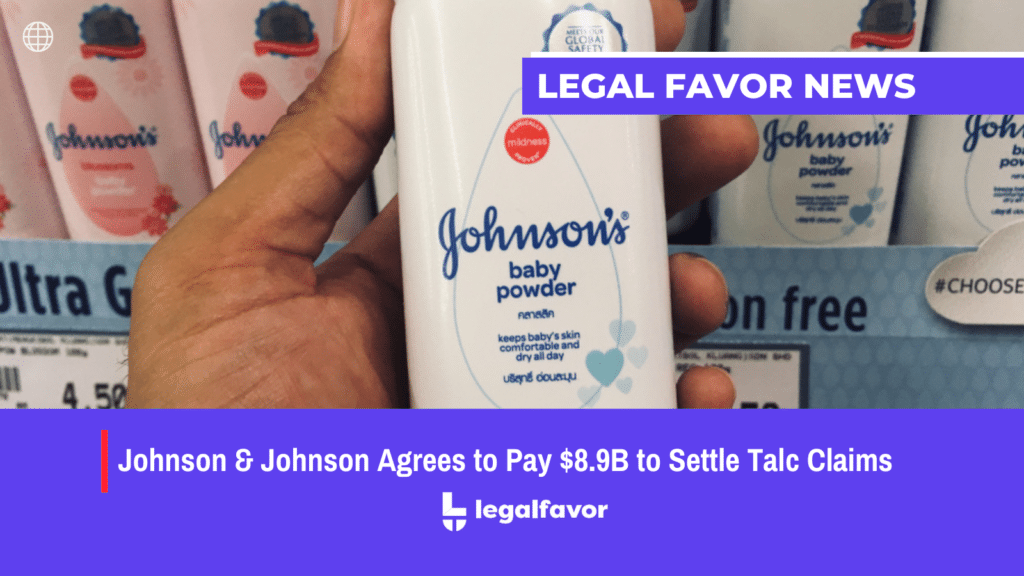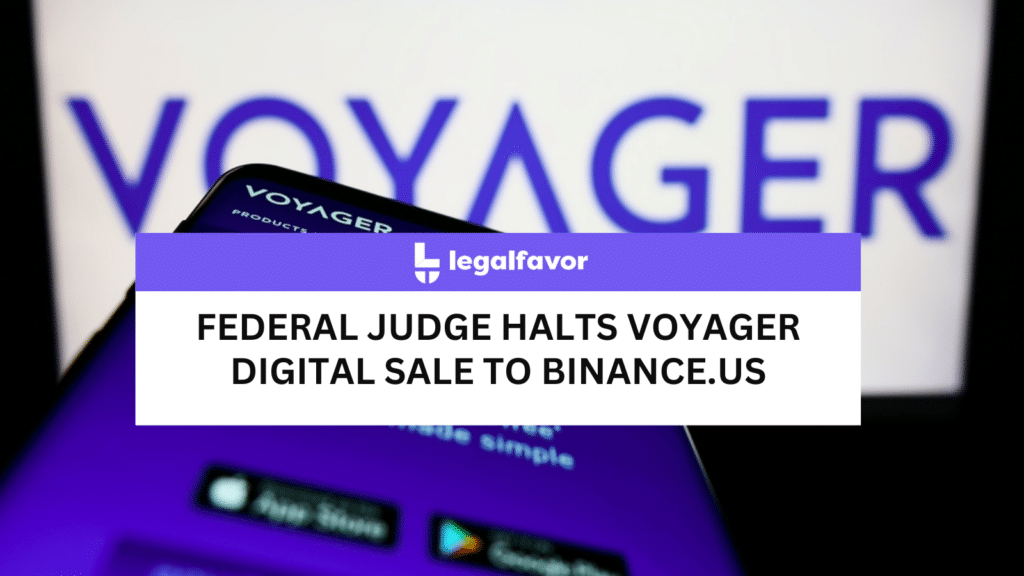There are essentially two types of copyright infringement; (1) primary and (2) secondary. The former involves a direct infringement by the defendant. The latter involves someone facilitating another person to infringe on the subject copyright. It is important to note that within secondary infringement itself, there are two types, contributory and vicarious. Neither of these two is expressly prohibited under the Copyright Act. However, they have given rise to prohibitions under case law.
Overview Of A Copyright Infringement Case
When a plaintiff brings a copyright infringement action in regards to primary infringement, the plaintiff must prove two things. First of all, they must prove that they have legitimate copyright ownership. Secondly, they must prove that the defendant copied the plaintiff, and therefore violated the plaintiffs’ intellectual property rights. The court will determine similarity by looking at things like the appearance, sounds, words, and/or sequence of the copyright itself. It is important to note that while copyright owners do not need to put a notice on their work, nor do they necessarily register it with the Copyright Office, taking the appropriate steps will help the plaintiff if they decide to bring a case later.
Defenses
Common defenses to copyright infringement include the following.
- If the statute of limitations has expired, the plaintiff will not legally be allowed to bring the claim. However, it is important to note that there may be some ways around this, depending on the context.
- The defendant had no reason to know the work was protected by copyright. Although this defense is harder to prove, as some level of intent is required to be shown, it should not be automatically dismissed as an option.
- The defendant’s infringement is permitted under the doctrine of fair use.
- The defendant argues that they created their work independently. In this case, if the defendant filed their own separate patent, such a patent will go a long way in proving the defendant’s case.
- The defendant has a license to use the work from the copyright owner. In this situation, the patent is still the property of the owner, however, the defendant has legally purchased the right to use such a patent under certain conditions. These conditions usually revolve around time limits, but they can include things such as geographical restrictions, and/or use conditions.
Secondary Copyright Infringement
These are situations where the copyright owner can sue the secondary infringers. This may in turn expand the remedies the owner can receive in total (as explained below). The basic elements of this kind of claim are similar t those of a primary infringement claim. For example, just as in a primary infringement claim, the plaintiff must show that they have registered their copyright with the US Copyright Office. This in turn will allow the plaintiff to sue for any violation of the exclusive rights given via 17 U.S. Code § 106. These rights include the following: the right to reproduce, the right to distribute, the right to create adaptations, and/or the right to publicly perform or display the work.
There are also some elements that are unique to secondary infringement. Although the Copyright Act doesn’t give an explicit description of secondary infringement, the federal courts have allowed these kinds of cases to go through. The copyright owner usually needs to show that the third party intentionally or knowingly induced the infringement. They also need to show that the third party received some sort of benefit from the infringement (which is usually a profit). It is important to note that direct evidence in these situations is rare meaning circumstantial evidence will usually be shown.
Damages
Showing damages usually involves analyzing the losses the owner directly suffered from the infringement. This in turn accounts for reduced sales of the copyrighted material and/or a loss of profits from licensing the copyright. In copyright infringement, damages usually fit into one of three categories; actual damages, infringer’s profits, and statutory damages.
The first kind, actual damages, accounts for the losses that the copyright owner directly suffered due to the infringement. Common examples of these include when sales are reduced due to the copyright or profits from licensing are reduced as such. It is important to note that whether the actual damages are calculated in terms of sales or licensing fees will depend on how the owner of the copyright has been using their work.
The second kind involves awarding the infringer’s profits to the copyright owner. The rationale behind this is that the infringer does not gain some benefit from the stolen work. Specifically, the courts have been seen to award the infringer’s profits only to the extent that they are greater than the actual damages incurred by the copyright owner. It is also important to note that the infringer can sometimes reduce the awards they need to pay IF they can show that the profits (partly) resulted from factors other than the copyrighted work.
Statutory damages require the copyright owner to show that they registered their work with the Copyright Office sometime before the infringement occurred. Alternatively, they can show that the infringement occurred within three months of publishing the piece of work. Once the owner meets these requirements, they will have the option to choose between actual damages, infringer awards, and/or statutory damages. This choice is given via code § 504 of the Copyright Act. The judge will consider the appropriate number of damages, depending on the level of infringement.
Closing Remarks: Copyright Infringement
Overall, there are two main kinds of infringement; primary and secondary. There are also five defenses that are commonly used during these types of cases. Also, once infringement has been shown (legally speaking), there are three types of damages, either or all of which may be warranted (depending on the severity and context of the infringement). Therefore, in conclusion, copyright can be quite complicated, and a necessary understanding of the basis is required in order to file a claim.
